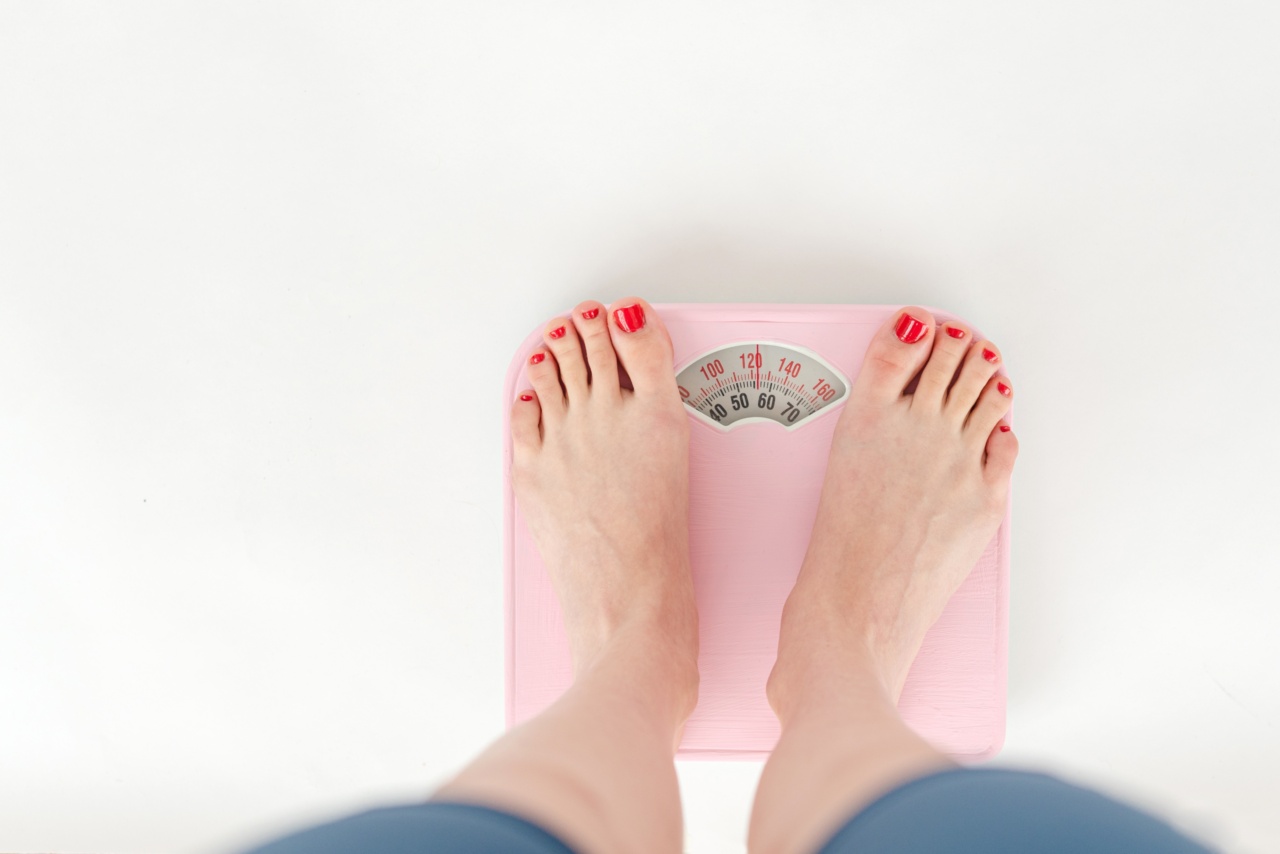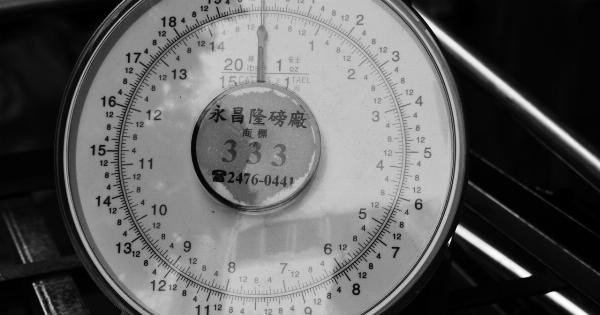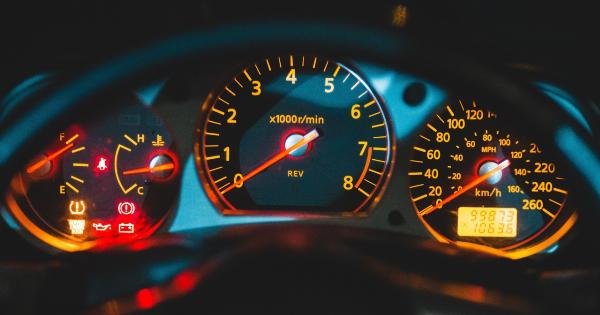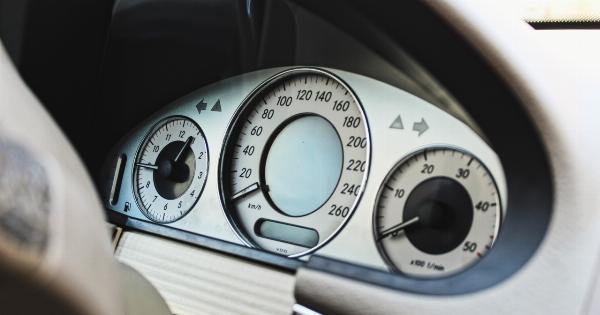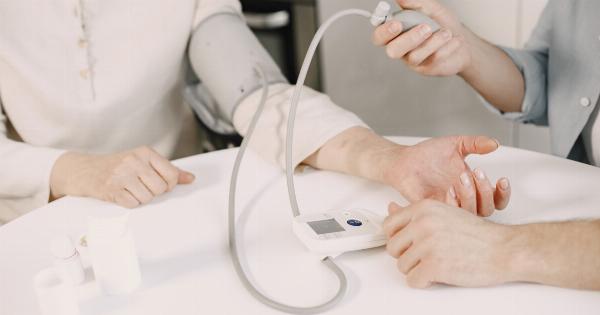Measuring pressure is critical in many fields, including manufacturing, engineering, and health care. However, to ensure accurate readings, it is necessary to have the right equipment and know-how to use it correctly.
In this article, we’ll cover four tips on how to measure pressure accurately.
Tip #1: Understand Your Equipment
The first thing you need to do is understand the equipment you are using. There are several types of pressure gauges available, including mechanical, electronic, and digital gauges.
Each gauge has its own calibration range, accuracy, and readability, which you must understand to obtain accurate readings.
If you are using a mechanical pressure gauge, you need to know how to read the gauge’s needle and scale to get accurate readings.
On the other hand, if you are using an electronic gauge or transducer, you must know how to use the digital display or readout to obtain accurate measurements.
It’s also essential to know each gauge’s calibration range and accuracy. Some gauges have a narrow calibration range and provide more accurate readings than others.
Digital gauges, in general, have a wide calibration range and provide accurate readings throughout that range.
Tip #2: Zero the Gauge
Another essential tip for measuring pressure accurately is to make sure your gauge is zeroed before taking a measurement. Zeroing the gauge means setting it to zero, or the starting point, so that you obtain accurate readings relative to this point.
There are different ways to zero your gauge, depending on the type of gauge you are using.
For mechanical gauges, you must reset the needle to its starting point, or zero, while for digital gauges, you must press the reset or zero button to calibrate the gauge.
It’s also crucial to check the gauge’s zero reading periodically to confirm that it’s still accurate. If the gauge is no longer zeroed, recalibrate it first before taking any measurements.
Tip #3: Use the Appropriate Units
Another critical factor for obtaining accurate pressure readings is using the appropriate units. The most common units for measuring pressure are pounds per square inch (psi), Pascal (Pa), and bar (bar).
Each unit measures pressure differently and cannot be used interchangeably.
For instance, if you are measuring air pressure in a tire, you may use psi units, while in hydraulic systems, you may use bar or Pa units. It’s essential to check which units your gauge measures and use the appropriate units for your application.
Tip #4: Take Multiple Readings
Finally, taking multiple readings is essential to ensure accuracy and to detect any defects or errors in the system. Taking several readings allows you to identify any anomalies and gives you a better overall picture of the system’s pressure.
It’s also essential to take readings at different points in the system as each point may have different pressure readings. Doing this allows you to spot any inconsistencies or abnormalities that could indicate a problem in the system.
Conclusion
Measuring pressure accurately is a critical aspect of many industries, and using the correct equipment and techniques is critical for success.
By understanding your equipment, zeroing the gauge, using appropriate units, and taking multiple readings, you can obtain accurate pressure measurements with confidence.
